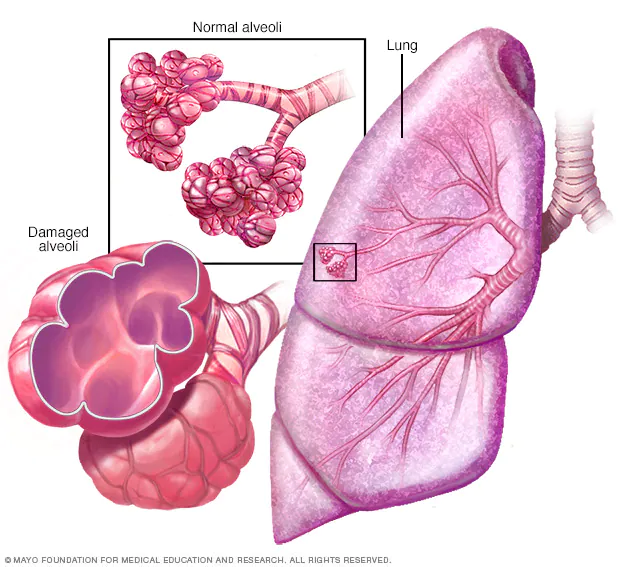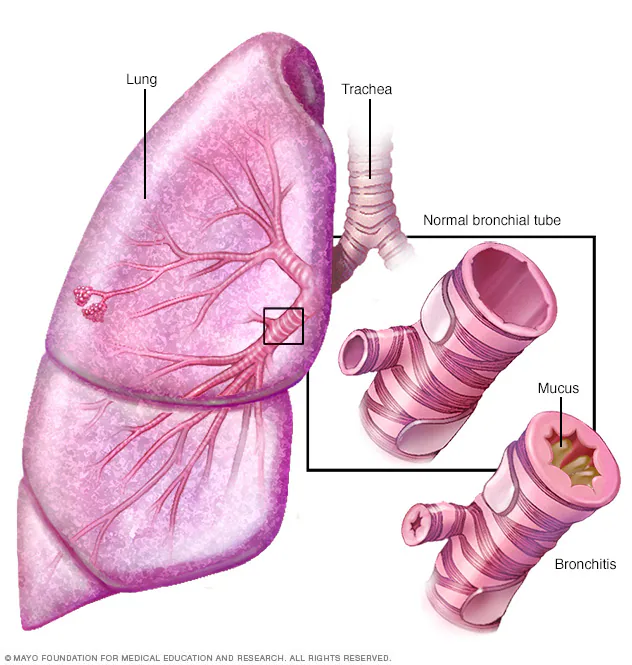

COPD is a largely preventable disease yet millions of people worldwide suffer everyday from its harsh symptoms. It is key to find out exactly how the disease is brought on and what you can do to prevent it so that you don't become one of the many.
Chronic obstructive pulmonary disease (COPD) is the fourth leading cause of death worldwide, causing 3.5 million deaths in 2021, approximately 5% of all global deaths. Nearly 90% of COPD deaths in those under 70 years of age occur in low- and middle-income countries (LMIC).
While COPD may not be the cause of death, it can cause other more deadly diseases and conditions like lung cancer. COPD makes you are more susceptible to respiratory infections, and heart diseases.
Early detection allows for prompt intervention, potentially preventing the progression of to the advanced stages of the disease. Timely medical attention can help manage symptoms, improve lung function, and enhance overall quality of life.
Chronic Obstructive Pulmonary Disease (COPD) is a condition caused by damage to the airways or other parts of the lungs. This damage leads to inflammation and other problems that block airflow and make it difficult to breathe. COPD refers to two main conditions: Emphysema and Bronchitis. Most people who have COPD have a mixture of both emphysema and chronic bronchitis in different proportions, and how serious each condition is varies from person to person.


COPD is a progressive disease, so its symptoms often develop slowly but exacerbate over time and can limit your ability to do routine activities. Serious COPD may prevent you from doing even basic activities such as walking, cooking, or taking care of yourself. COPD is most often caused by long-term exposure to irritating smoke, fumes, dust or chemicals. In higher income countries, such as the USA, the leading cause of COPD is smoking. The harmful chemicals and the heat of tobacco smoke entering your airway, causes large amounts of irritation and inflamation, thus leading to the development of COPD. In the larger scale of the world, however, tobacco is not seen as the primary cause, and instead air pollution is a major contributor to the disease. COPD symptoms often don't appear until a lot of lung damage has occurred. Symptoms usually worsen over time, especially if smoking or other irritating exposure continues. Symptoms may include shortness of breath, wheezing, chest tightness and pain, ongoing cough, and frequent lung infections.
Emphysema develops when there is damage to the walls of the alveoli in the lungs. Normally, these sacs are elastic or stretchy. However, with this disease the walls often rupture and so the surface area reduces, increasing shortness of breath, wheezing, and chest tightness.
Bronchitis occurs when there is repeated damage to the linings of the airway, specifically the bronchial tubes, so that there would be long-term inflammation. As a result a thick lining of mucus builds up where many bacterias can get stuck in and grow, increasing the amount of diseases one will suffer from.
Although COPD is a condition that can get worse over time, COPD is treatable. With proper management, most people with COPD can control symptoms and improve their quality of life. Proper management also can lower the risk of other conditions linked to COPD, such as heart disease and lung cancer. Early diagnosis of COPD means treatment can begin sooner which may prevent further lung function loss. Currently, around the world 70-80% of adults with COPD are undiagnosed, according to NIH, meaning that they can't access appropriate treatment, so the disease will progress until terminal stages. Over the past decade, evidence has increased on the effectiveness of early intervention in COPD, including pharmacological treatment, smoking cessation, or pulmonary rehabilitation programs.